An AI system teaches itself to solve the Rubik’s Cube more quickly than any human.


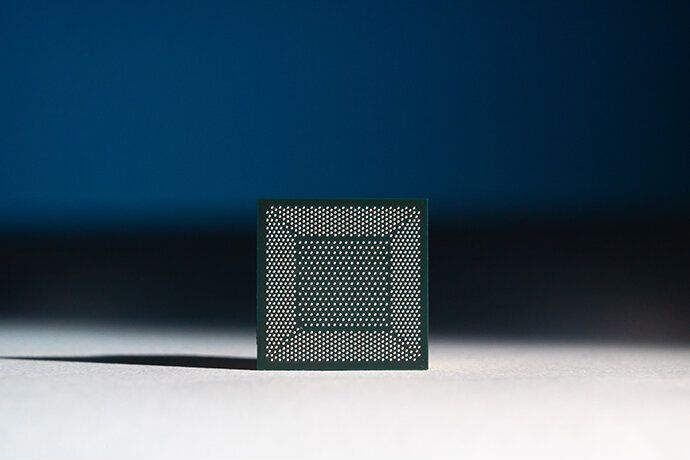
A neuromorphic computer that can simulate 8 million neurons is in the news. The term “neuromorphic” suggests a design that can mimic the human brain. And neuromorphic computing? It is described as using very large scale integration systems with electric analog circuits imitating neuro-biological architectures in our system.
This is where Intel steps in, and significantly so. The Loihi chip applies the principles found in biological brains to computer architectures. The payoff for users is that they can process information up to 1,000 times faster and 10,000 times more efficiently than CPUs for specialized applications, e.g., sparse coding, graph search and constraint-satisfaction problems.
Its news release on Monday read “Intel’s Pohoiki Beach, a 64-Chip Neuromorphic System, Delivers Breakthrough Results in Research Tests.” Pohoiki Beach is Intel’s latest neuromorphic system.
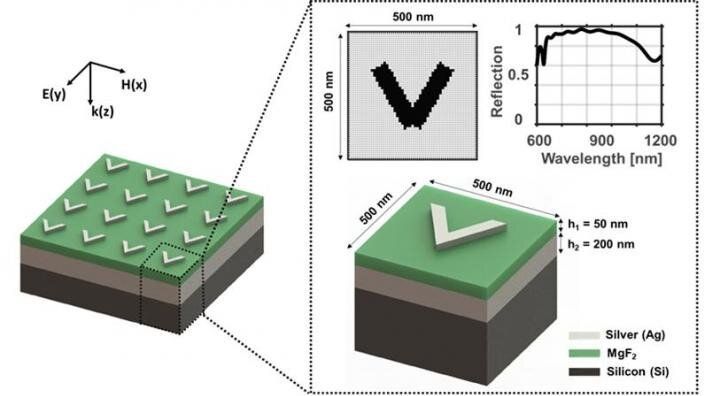
Metamaterials are artificial materials engineered to have properties not found in naturally occurring materials, and they are best known as materials for invisibility cloaks often featured in sci-fi novels or games. By precisely designing artificial atoms smaller than the wavelength of light, and by controlling the polarization and spin of light, researchers achieve new optical properties that are not found in nature. However, the current process requires much trial and error to find the right material. Such efforts are time-consuming and inefficient; artificial intelligence (AI) could provide a solution for this problem.
The research group of Prof. Junsuk Rho, Sunae So and Jungho Mun of Department of Mechanical Engineering and Department of Chemical Engineering at POSTECH have developed a design with a higher degree of freedom that allows researchers to choose materials and design photonic structures arbitrarily by using deep learning. Their findings are published in several journals including Applied Materials and Interfaces, Nanophotonics, Microsystems & Nanoengineering, Optics Express, and Scientific Reports.
AI can be trained with a vast amount of data, and it can learn designs of various metamaterials and the correlation between photonic structures and their optical properties. Using this training process, it can provide a design method that makes a photonic structure with desired optical properties. Once trained, it can provide a desired design promptly and efficiently. This has already been researched at various institutions in the U.S. such as MIT, Stanford University and Georgia Institute of Technology. However, the previous studies require inputs of materials and structural parameters beforehand, and adjusting photonic structures afterwards.
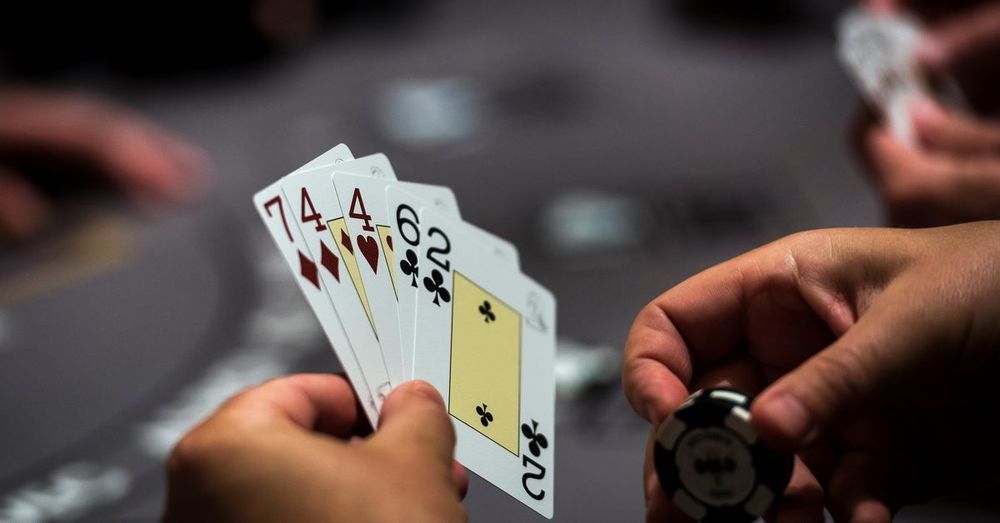
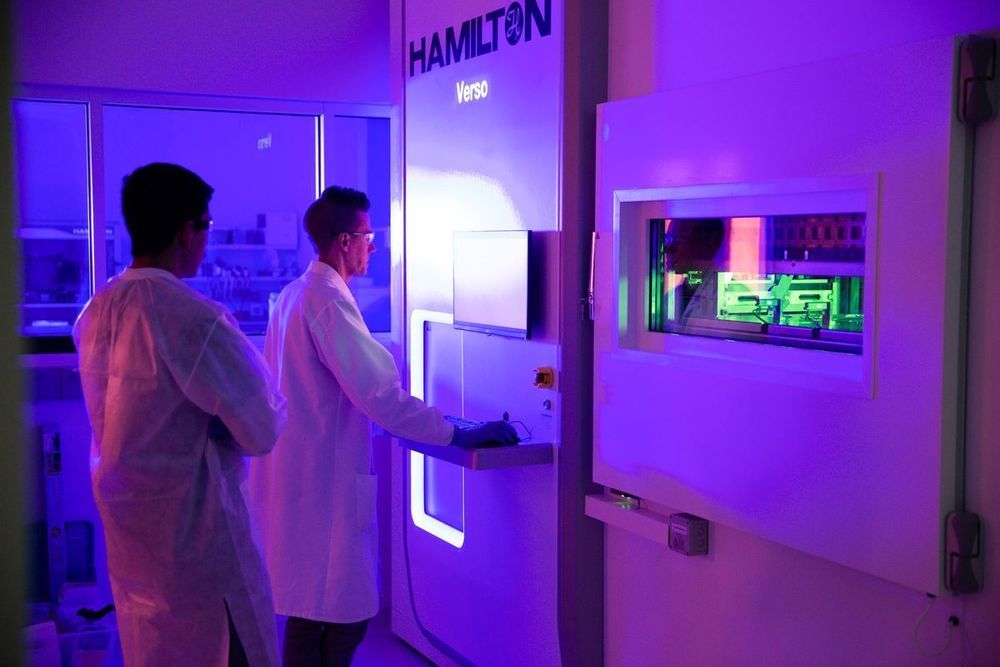
But a less-noticed win for DeepMind, the artificial-intelligence arm of Google’s parent Alphabet Inc., at a biennial biology conference could upend how drugmakers find and develop new medicines. It could also dial up pressure on the world’s largest pharmaceutical companies to prepare for a technological arms race. Already, a new breed of upstarts are jumping into the fray.
Alphabet’s DeepMind cracked a problem that long vexed biologists, heating up a technological arms race in health care.
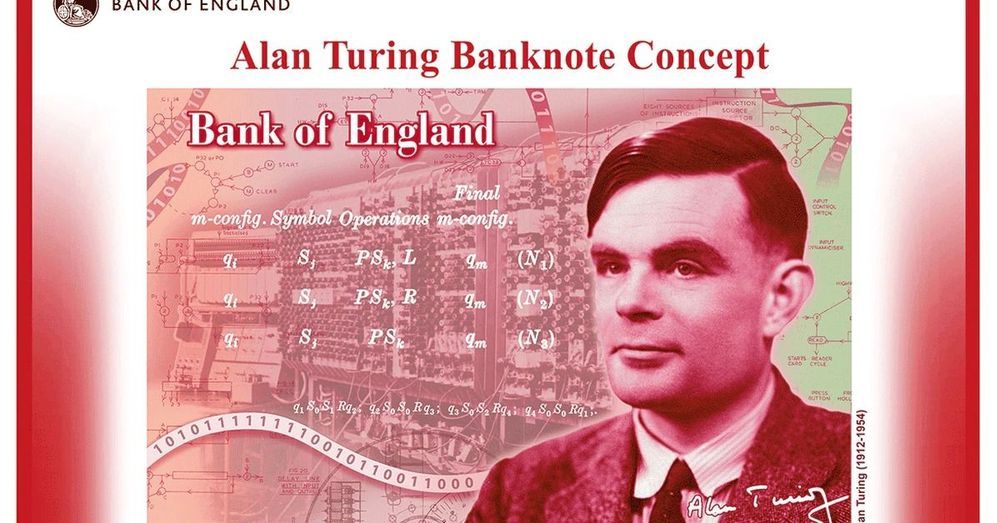
U.S. Army game-theory research using artificial intelligence may help treat cancer and other diseases, improve cybersecurity, deploy Soldiers and assets more efficiently and even win a poker game.
New research, published in Science, and conducted by scientists at Carnegie Mellon University, developed an artificial intelligence program called Pluribus that defeated leading professionals in six-player no-limit Texas hold’em poker.
The Army and National Science Foundation funded the mathematics modeling portion of the research, while funding from Facebook was specific to the poker.
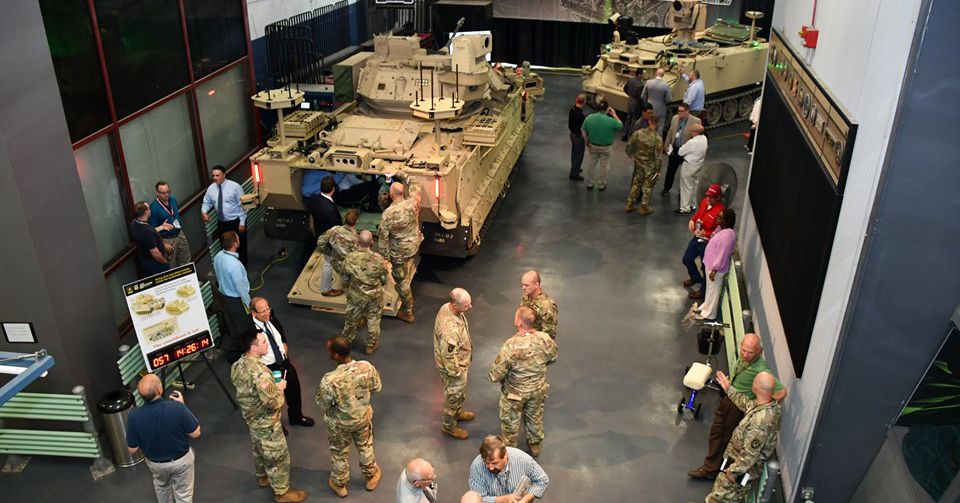
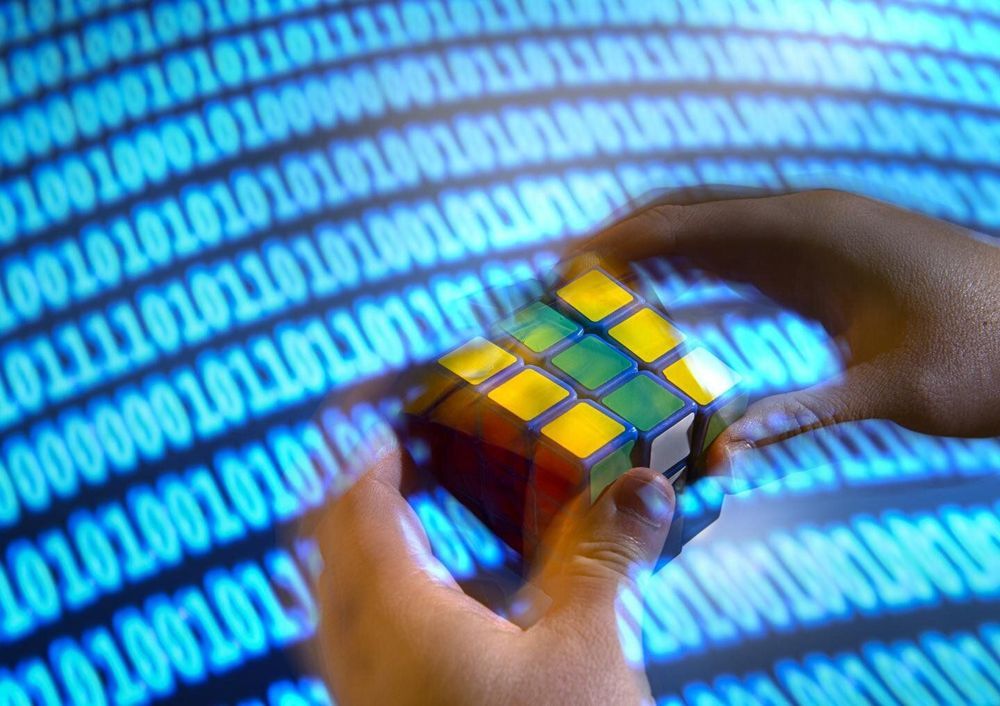
Since its invention by a Hungarian architect in 1974, the Rubik’s Cube has furrowed the brows of many who have tried to solve it, but the 3D logic puzzle is no match for an artificial intelligence system created by researchers at the University of California, Irvine.
DeepCubeA, a deep reinforcement learning algorithm programmed by UCI computer scientists and mathematicians, can find the solution in a fraction of a second, without any specific domain knowledge or in-game coaching from humans. This is no simple task considering that the cube has completion paths numbering in the billions but only one goal state—each of six sides displaying a solid color—which apparently can’t be found through random moves.
For a study published today in Nature Machine Intelligence, the researchers demonstrated that DeepCubeA solved 100 percent of all test configurations, finding the shortest path to the goal state about 60 percent of the time. The algorithm also works on other combinatorial games such as the sliding tile puzzle, Lights Out and Sokoban.

Science, Space & Robotics News | Posted: 9 hours, 42 mins ago.
Comment | Email to a Friend | Font Size: AA.